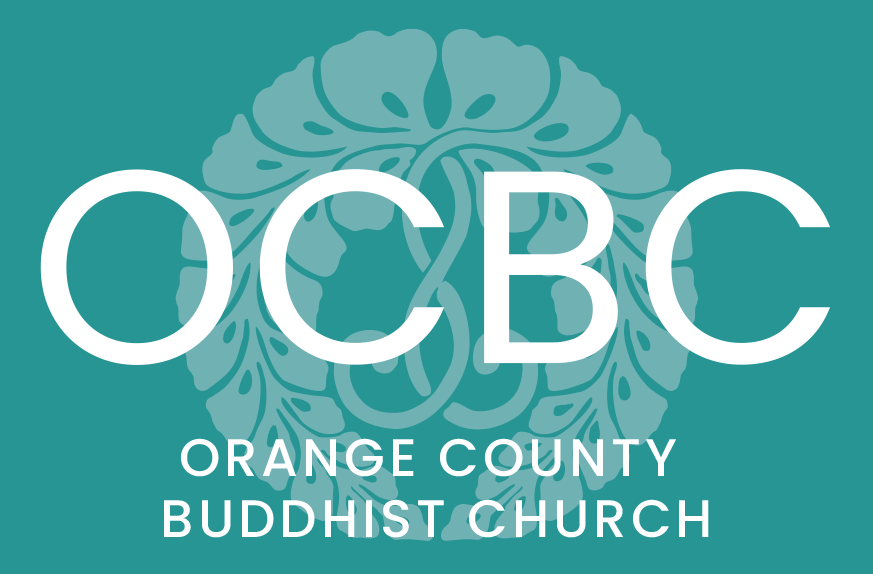One Who Has Heard Much (Part 1)
Ananda
Of the great disciples of Siddhartha Gotama, the historical Buddha, Ananda played a unique and pivotal role within the early Sangha. Ananda was the Buddha’s personal attendant for 25 years. During this period, Ananda’s focus and practice was listening to the Buddha’s sermons. Among Buddha’s disciples, Ananda appears to be the least spiritually gifted and yet he was able to realize the most profound wisdom through merely listening to the Dharma. In The Larger Sutra of Infinite Life, wisdom is symbolized by light. It was Ananda who first saw this light radiating from the Buddha, and it was Ananda who initiates the Larger Sutra by asking the Buddha about the source of this light. The Larger Sutra of Infinite Life is one of the foundational texts of the Pure Land School of Buddhism. It is also considered the primary sutra of Shin Buddhism. It is for these reasons that Ananda can be viewed as the prototypic Shin Buddhist.
There were four main great disciples of the Buddha. They were Sariputta, Mogallana, Ananda and Kasyapa. The two primary disciples were Sariputta and Mogallana. Sariputta and Ananda were quite close, and both focused on the teachings of the Buddha while Mogallana and Kasyapa focused more on meditation and discipline.
Sariputta and Mogallana both died of old age only six months prior to the Buddha’s death. After the Buddha’s death, it fell to Ananda and Kasyapa to hold the Sangha together. They set the course for the development of Early Buddhism. In some sense, their task was more urgent and critical than those prior to the Buddha’s death because the future of Buddhism was at stake now that the Teacher was gone.
All the great disciples of the Buddha can be classified into two types. The first type sought Buddhahood through external causes while the second type sought Buddhahood through internal causes. In Buddhism, all things are the result of causes and conditions. This is the teaching of impermanence.
External causes refer to those causes of Buddhahood that are outside the control of the disciple. These types of disciples tend to focus more on words through listening to the Dharma and teaching the Dharma. Originally, these were the words of the Buddha, and later they became the basis for the Buddhist sutras. For example, Sariputta and Ananda were much more social and practiced within a large and diverse Sangha. They also had many students due to their social practice.
Sariputta can be described as a disciple of external causes. Sariputta’s emphasis was on teaching the Buddha’s sermons and he excelled through phenomenal intellectual abilities. Sariputta is also recognized as the disciple who classified and organized the Buddha’s teachings in the Abhidharma. The Buddha bestowed upon Sariputta the honorary title of Systemitizer of the Dharma. Ananda can also be described as a disciple of external causes. Ananda’s emphasis was on listening to the Buddha’s sermons.
“So great was Ananda’s mastery of the Dharma that the Buddha even spoke of him as [being] a living embodiment of the Teaching.” [1]
Because of this mastery, Ananda was recognized as the storehouse of the Dharma at the First Council. This council was held shortly after the Buddha’s death to capture the words of the Buddha. The Buddha bestowed on Ananda the honorary title of Custodian of the Dharma.
“It is remarkable that of all the monks only Sariputta and Ananda received honorary titles from the Buddha.” [2]
Internal causes refer to those causes of Buddhahood that are within the control of the disciple. These types of disciples tend to focus more on actions such as meditation, monasticism and asceticism. For example, Mogallana and Kasyapa’s Sangha was much more solitary and practiced in relative isolation. They also had fewer students due to their reclusive practice.
Mogallana can be described as a disciple of internal causes. Mogallana’s emphasis was on meditation, and he excelled through an innate spiritual intuition.
“Above all, Mogallana used his divine eye to observe the operation of the law of karma and its fruits. … Mogallana was famous as one who knew the worlds beyond as well as the working of karma.” [3]
Kasyapa can also be described as a disciple of internal causes. Kasyapa’s emphasis was on ascetic practices, and he excelled through great personal discipline. He also possessed keen insight. Kasyapa did not have many students.
“One as dedicated to the meditative life as the Venerable Kasyapa was, cannot be expected to have been eager to accept and train many pupils; and, in fact, the canonical texts mention only a few pupils of his.” [4]
Kasyapa was also instrumental in codifying the monastic rules of conduct at the First Council.
To be continued ...
Namoamidabutsu, Rev Jon Turner
[1] Great Disciples of the Buddha, Thera & Heckler, p. 142
[2] p. 158
[3] p. 94
[4] p. 125

